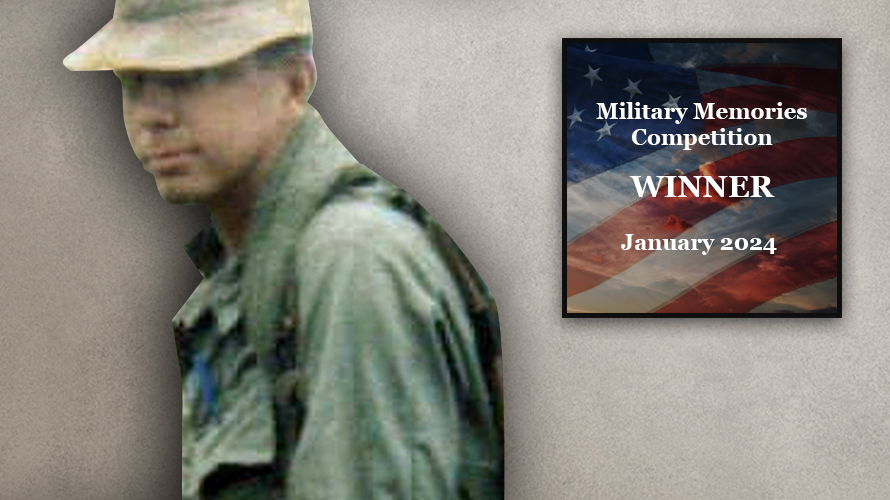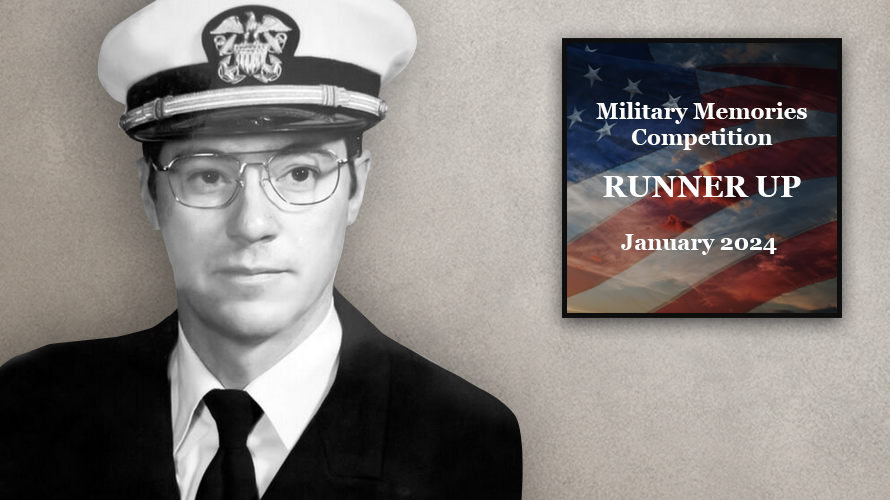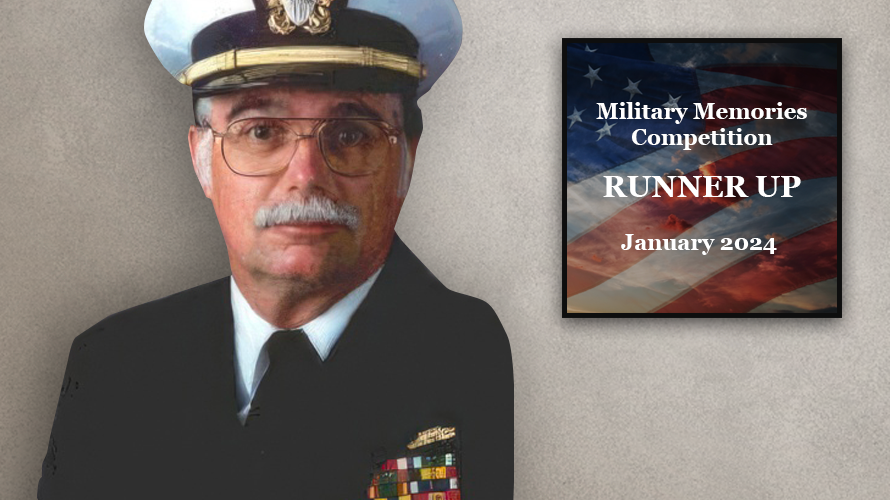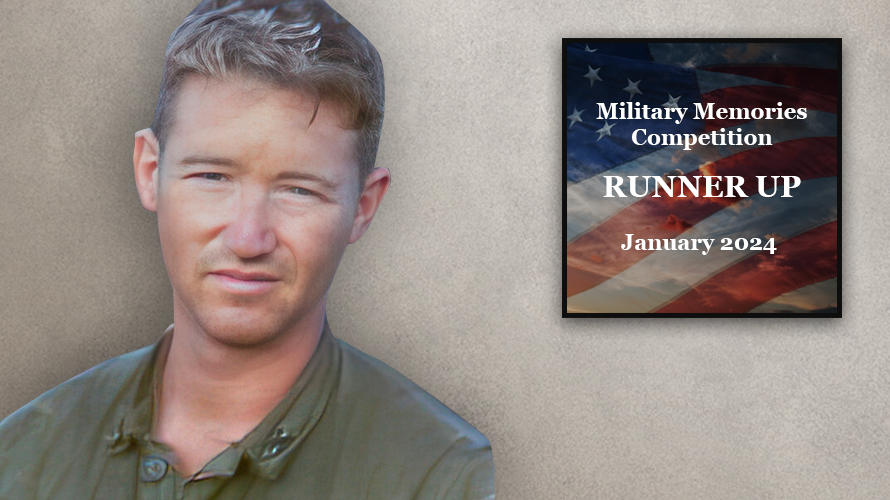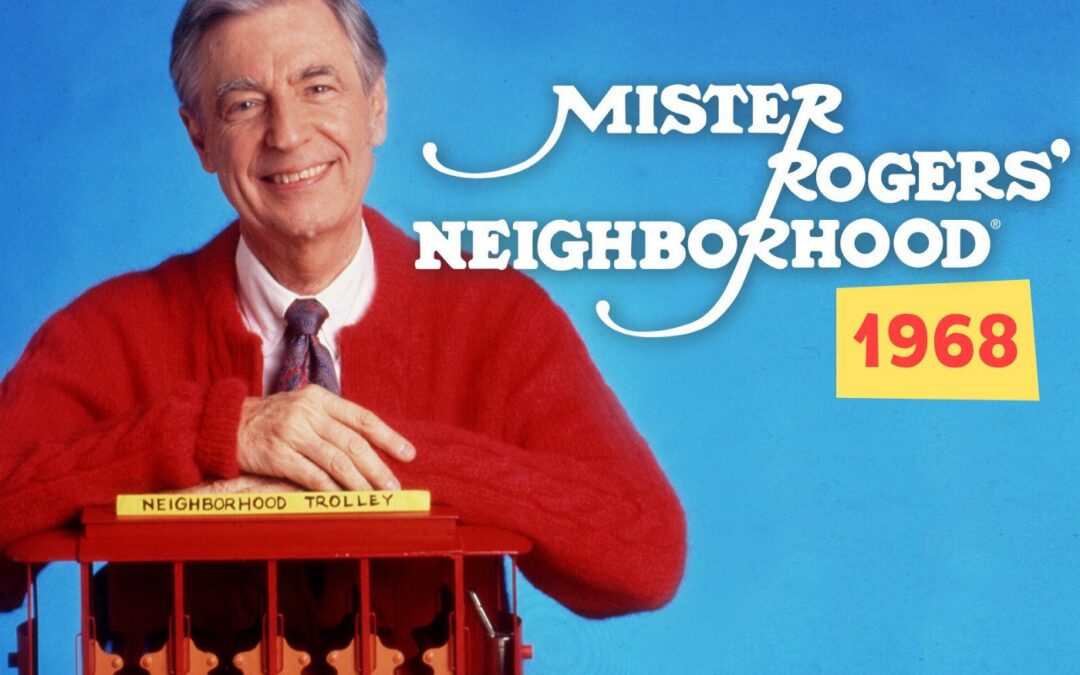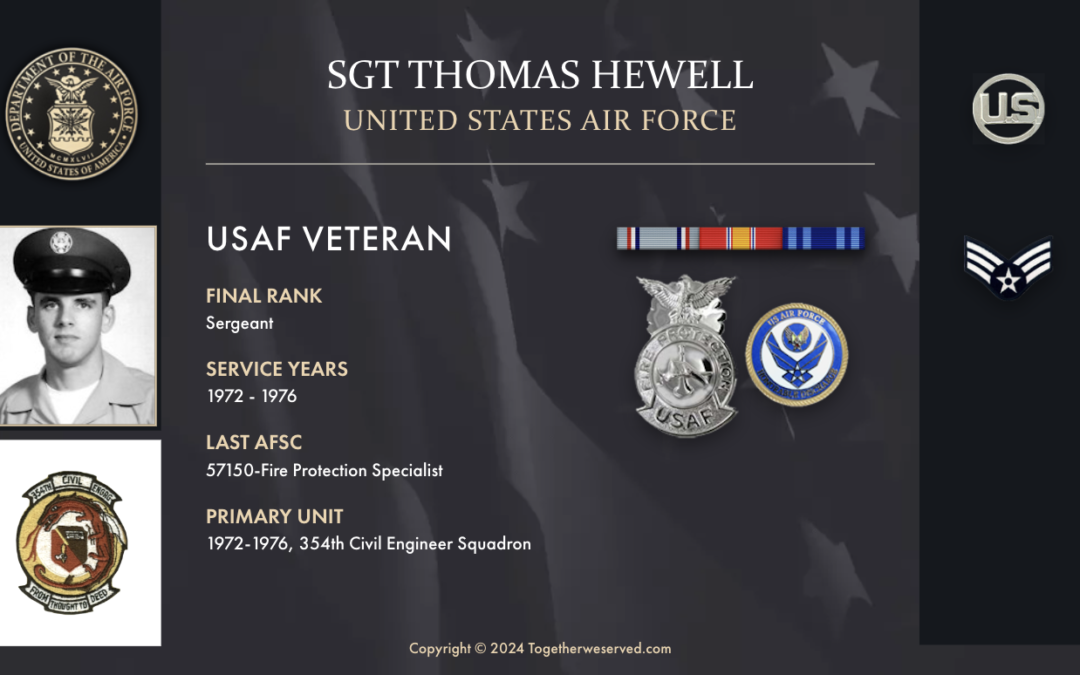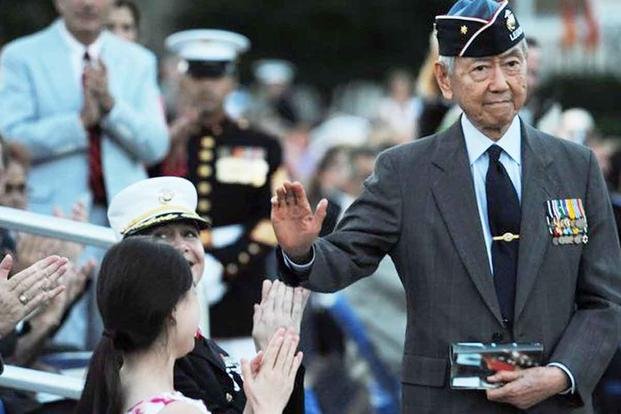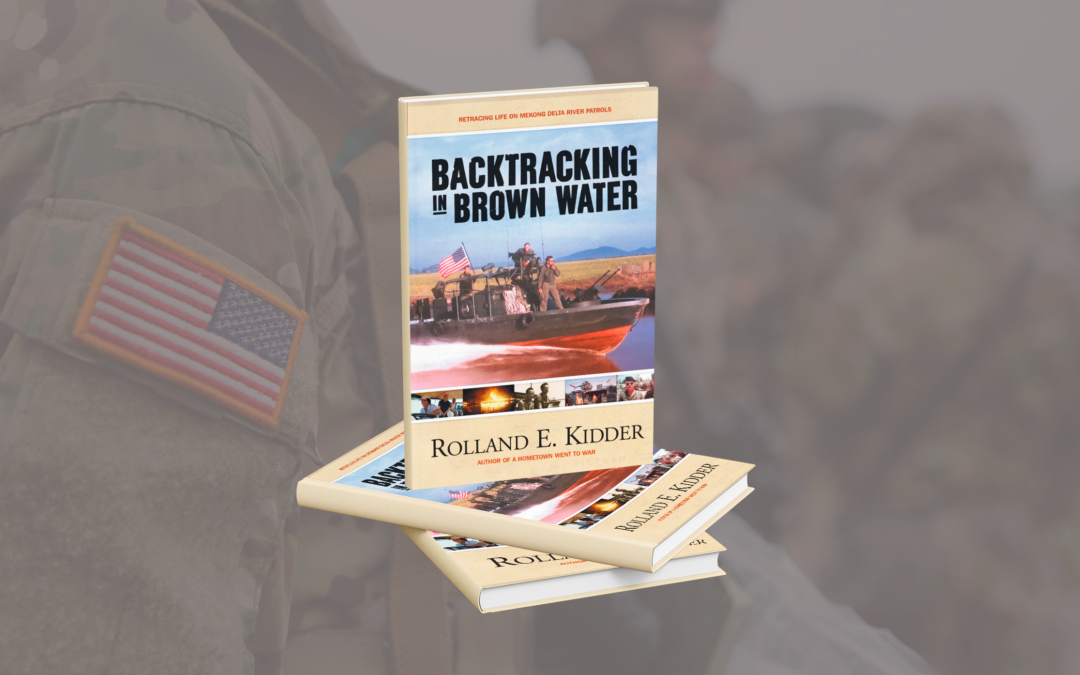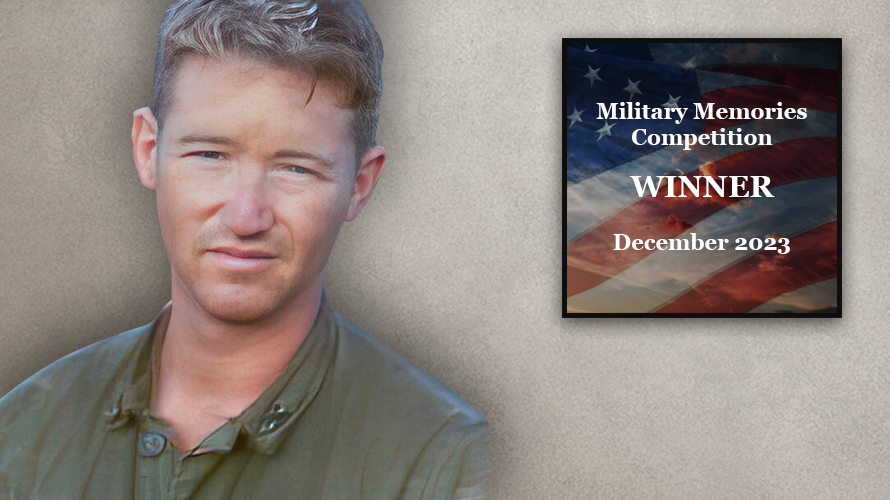I completed two tours of duty as a Naval Officer serving aboard the USS Duncan DD-874 and the USS Lipan ATF-85 before considering service in the U. S. Coast Guard. Both of those shipboard tours included deployments to Vietnam, the first in 1970 and the second in 1972. I liked the Navy. I had been designated a Distinguished Naval Graduate on commissioning from the NROTC program at Oregon State University, which meant a Regular USN commission. Both of my initial shipboard tours were excellent experiences because I served under very competent Commanding Officers, and my shipmates on both ships were guys used to form my abilities and competencies as a sea service officer.

